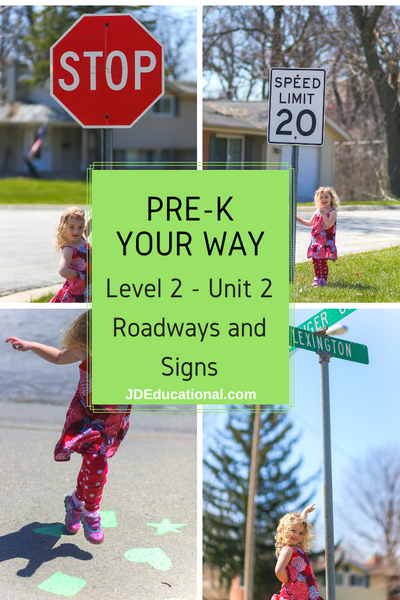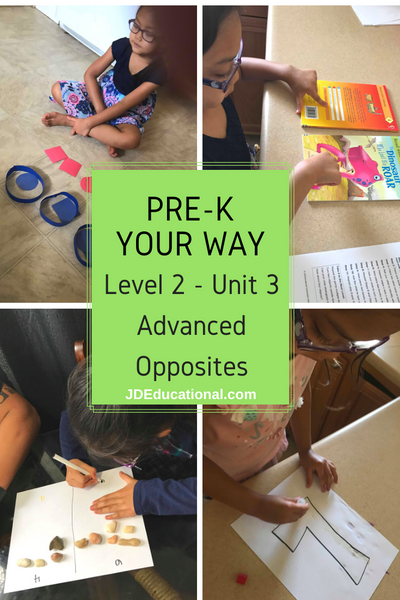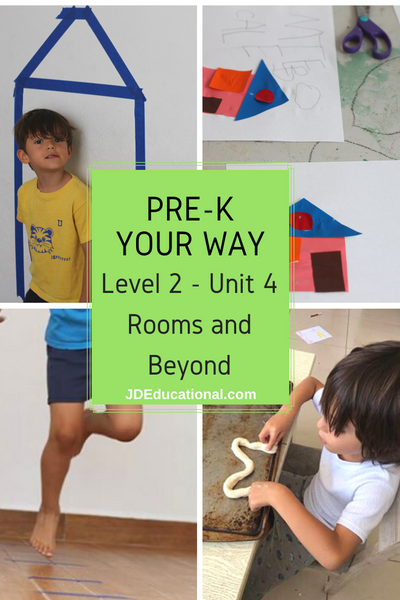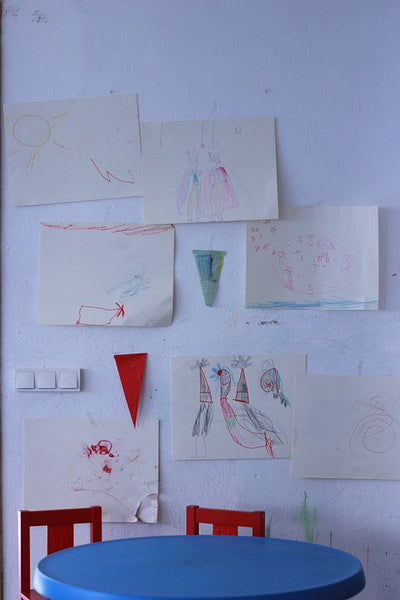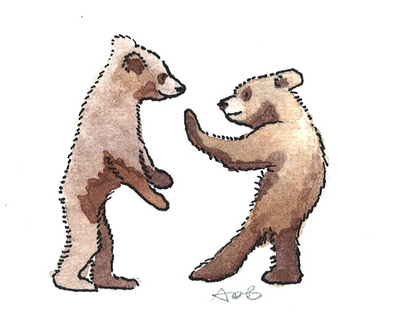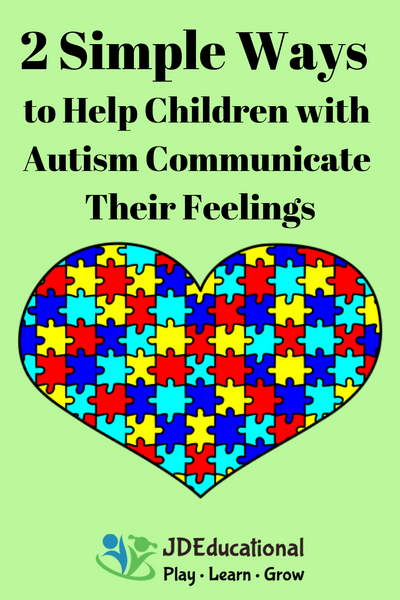
Do you ever step back and wonder: “How come my child isn’t listening to me?” Do you tell them to do the same thing all the time? Do they seem to look the other way or stare at you with a blank face? Do they ignore you when you say:
- Put your toys away.
- Put your shoes on.
- Get up.
- Stay out of the street.
- The toothpaste belongs on the toothbrush.
Are you frustrated that you have to repeat yourself over and over to get your child to “just brush their teeth?” The solution? Give directions to your child based on their developmental stage. If your child is not listening to you, ask yourself the following questions:
- Can your child understand what you are saying?
- Are you giving the direction too far away (from another room) or during an inappropriate time (such as while they are watching a show)?
To understand how YOU can encourage your child to listen, it is important to understand what language milestones are. There are two parts of language development.
The first is Expressive Language: This area of language describes what sounds children are making. It entails first words, gestures to communicate their wants and needs and other forms of communication.
The second part is called Receptive Language: This pertains to what your child understands. Can they follow simple directions and demonstrated that they know the name of an object? Are they pointing to pictures in books and are they able to find objects from another room that you name?
Children develop receptive language skills throughout early childhood. To determine the best way to give your child directions, follow these guidelines, based on your child’s age:
1st Stage: Children 6 months through 12 months old:
- Keep directions simple.
- Use lots of gestures such as pointing and demonstrate the task at hand.
- Make eye contact.
2nd Stage: Children 12 months through 18 months old:
- Keep directions to one step at a time (Put your shoes in the box).
- Make eye contact when giving the direction.
- Use gestures as needed.
3rd Stage: Children 18 months through 24 months old:
- Start to introduce simple two-step directions which include the same object (Put your shoes in the box then put the lid on the box).
- Make eye contact when giving the direction.
- Use gestures as needed.
4th Stage: Children 2 years old through 3 1/2 years old:
- Start introducing two-step directions which include different objects (Put your shoes in the box and close the door).
- It’s okay to give a direction when in the same room without making eye contact.
- Make sure not to give a direction when the child is engaged in another activity.
5th Stage: Children 3 1/2 through 5 years old:
- It is now okay to give children multiple step directions (Put your shoes in the box, close the door then sit at the table).
- Make sure not to give a directions when the child is engaged in another activity.
- Develop games to introduce new directions they haven’t heard before.
Helpful tip: Practice, practice, practice! Play these Games and Activities to practice following directions:
- Hide and Seek
- Simon Says
- Follow the Leader
- Prepare a Meal in the Kitchen
- I Spy with My Eye
- Where’s Waldo/Frosty/Favorite Stuffed Animal
 Was this interesting to you? Sign up here to receive our new blogs as soon as we publish them!
Was this interesting to you? Sign up here to receive our new blogs as soon as we publish them!

